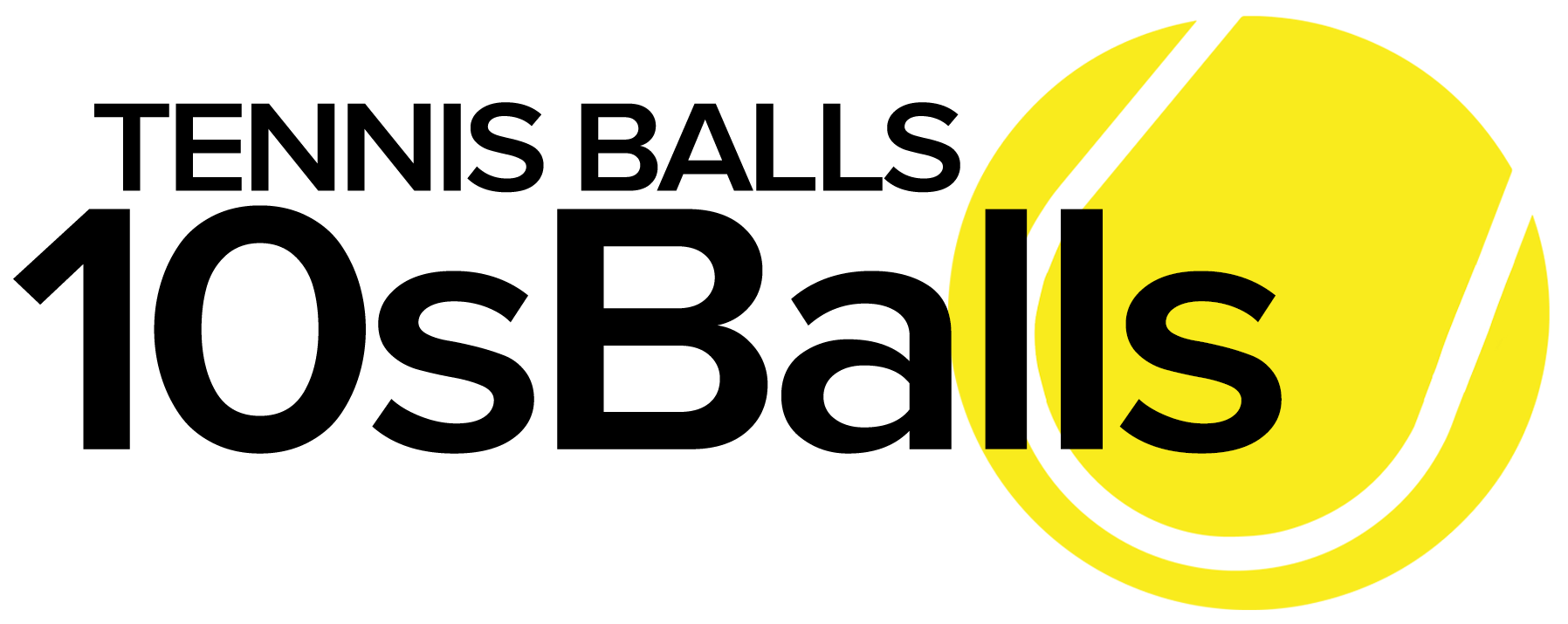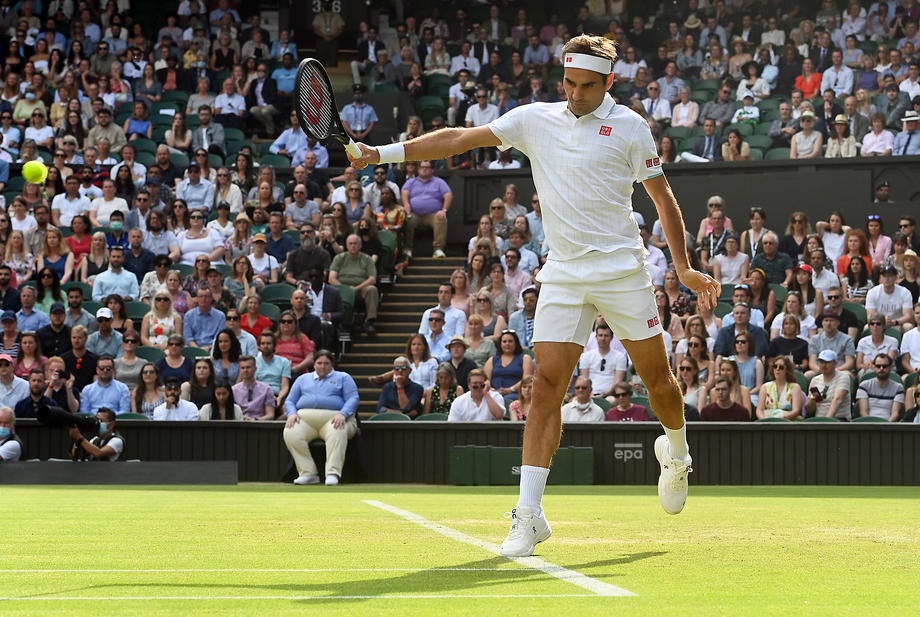- Ken Thomas Broadcasting from Georgia’s Rome Tennis Open
- Solinco Launches All-New Whiteout V2 Racquet
- Stringlet: Serving Up Tennis Inspiration With A Twist
- Davis Cup qualifying to feature Brazil vs. France and Spain vs. Switzerland
- 2025 US Open Expands to Sunday Start
- Tennis Channel To Broadcast U.S. Davis Cup Qualifier vs. Tawain
- Stefanos Tsitsipas Receives Rotterdam Wild Card From Richard Krajicek
- Tien and Basavareddy to Play Delray Beach Open Qualifying
- Australian Open Tennis 2025 Ends with Madison Keys and Jannick Sinner As Winners By Alix Ramsay
- 2025 Australian Open Final Draws
- Jannik Sinner Sweeps Alexander Zverev for Second Straight Australian Open Title
- Ricky’s pick for the Australian Open final: Sinner vs. Zverev
- Australian Open Draws and Order Of Play for Sunday, January 26, 2025
- Madison Keys Upsets Defending Champion Aryna Sabalenka in Australian Open Final Thriller
- Ricky’s pick for the Australian Open final: Sabalenka vs. Keys
Tennis News • Player Boycott The Latest Threat To Australian Open 2021
- Updated: November 20, 2020

By Alix Ramsay
As if the global pandemic was not enough to give Craig Tiley, the CEO of Tennis Australia, sleepless nights, there is now a new threat to his Australian Open: a player boycott.
According to the Sydney Morning Herald, there is a threat of players refusing to turn up to the first grand slam of the year unless the government of the state of Victoria relents and allows the players to arrive in Melbourne next month. That would give them enough time to quarantine, practise and compete before the Australian Open begins.

Following the announcement by Daniel Andrews, the premier of Victoria, that he would not sanction players arriving in Melbourne until the beginning of January, many top players have expressed their concerns. Their biggest worry involves the health risks of going straight from two weeks strict quarantine to full-on grand slam competition. The Open is scheduled to start on January 18.
Johanna Konta, Britain’s No.1, told the BBC that she, like everyone else, was frustrated and surprised by the new, even more draconian, travel restrictions.

“Everyone was very much looking forward, and had kind of got their head round the 14 December date [to arrive in Australia], and I think it came as a bit of an adjustment, a bit of a shock,” she said.
“Everyone is obviously a bit frustrated. However, it’s not under our control, it’s not under Tennis Australia’s control – it’s a government decision.
“From my perspective, my body wouldn’t be able to handle two weeks of de-conditioning, and then pushing me into the deep end. I think it would make it very difficult for players to be able to compete at the highest level without risking their bodies in the process.”
While she is trying to come to terms with the idea of flying out at the end of December, others are said to be digging their heels in and refusing to go at all. According to Andy Craig, Alex de Minaur’s manager, the threat of a boycott is very real.
He told the Sydney Morning Herald: “If it’s not going to be a tournament held to the standard they’re used to, there’s too much disruption, and some of the bigger players can’t have their full teams with them, or the conditions aren’t ideal for preparation, they may not play.
“There’s a real risk of that happening. It would be good to have some clarity this close to the tournament.”
In London at the ATP Finals, the subject has been the matter of much debate. The players are not blaming Tennis Australia – TA cannot tell the government what to do, after all – but they want clear information.
At the moment, all they know is that TA wants to create a secure bubble in which the players can quarantine, work and practise. They could, potentially, compete behind closed doors in that bubble prior to the Open. But the Victoria government has not yet agreed to that, although negotiations between the two groups are continuing.
“I hope that there is going to be support and understanding from the Victorian and Australian government for the players and for Tennis Australia,” Novak Djokovic said, “and that they will allow players to compete in the second week of quarantine. You will be able to have at least a tournament or two prior to the Australian Open, which for majority of the players is important.

“Obviously for a lot of the players, they are done with the season in Paris-Bercy and then potentially having no official match before Australian Open, before a grand slam, is a huge thing. So hopefully we will be able to have at least a tournament before Aussie Open.”
Bruno Soares, one half of the top doubles team in the world and a member of the ATP Player Council, believes the Victoria government is putting the players at risk with the new restrictions.
“It’s tough to go out there and play right away,” he said. “So if we have to go quarantine for 14 days inside a room and then go play a grand slam, I mean, I will do it because it’s my job and I have to find a way, but I think it’s quite dangerous for the players with no preparation I think to go there and compete right away. I think it’s physically very dangerous.”
The US and French Opens operated very successfully within a bio-bubble and produced some magnificent matches. But both events had lead-in tournaments as the tennis tour emerged from months of lockdown. Under the current Australian restrictions, no player (save for the those at the ATP Finals) will have had the chance of a competitive match since the middle of November before the start of the AO.
Rafael Nadal, who booked his place in the last four of the ATP Finals with a 6-4, 4-6, 6-2 win over Stefanos Tsitsipas on Thursday night, is prepared to endure the rigours of quarantine provided he can play and compete during those 14 days. That, he thought, would be very little different to the life he has lived since tennis restarted: hotel room, practise session, hotel room, match, back to hotel room.
“It’s not big difference, is not a big difference comparing what we are doing today,” he said. “The only negative thing is we have to be there like 16 days in advance. That’s the issue.

“But for the rest of the things, when we play the tournaments, we are under quarantine, no? Every single day, no? We are playing just the matches or practices, and we are back to the hotel so is not a big issue as long as I know.”
But if he was not allowed to work during quarantine, that would be another matter entirely. When he was finally allowed out of lockdown and back to the practise courts in May, he eased himself back to work to protect his 34-year-old body. He simply was not able to train for hours on end. If he were to be locked in a Melbourne hotel room for two weeks, there is little chance that he could then fling himself into a grand slam tournament with only four days of practice behind him. Daniel Andrews has the health of the people of Victoria to consider; Craig Tiley has the health of the players – not to mention the health of his tournament – to consider. And unless both sides can resolve their differences quickly, the players may simply vote with their feet and stay at home






